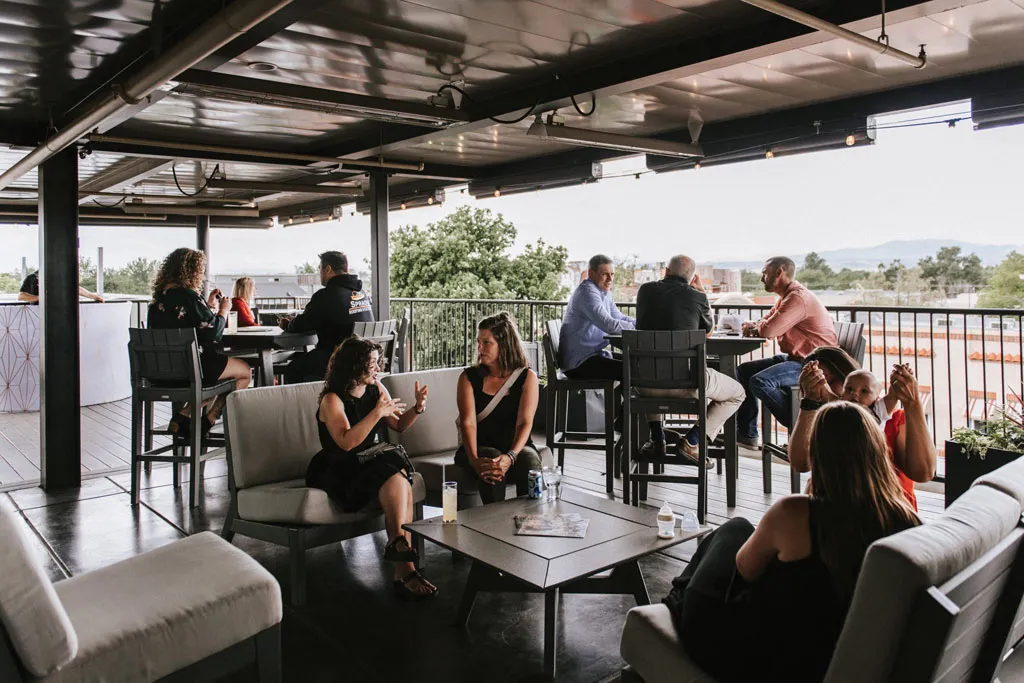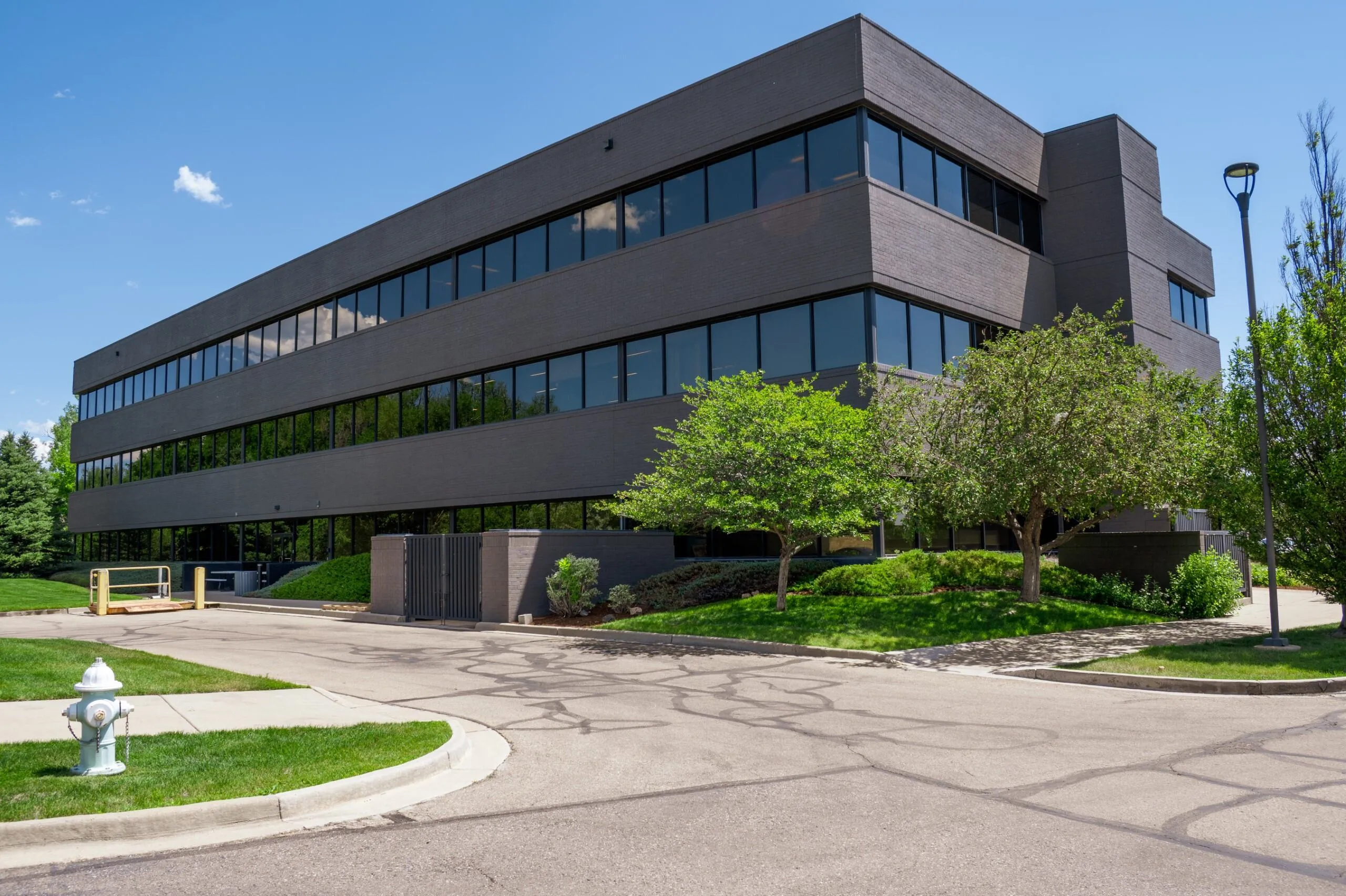Coworking generates networking, other benefits beyond office culture

A burning question for desk chair co-owner Eli Scott revolved around the cost of coworking versus leasing or owning an office space.
“I figured it has got to be a lot more expensive than doing your own thing,” said Scott, COO of desk chair, a 24,000-square-foot coworking space in downtown Loveland.
But as Scott, who has a background in engineering and analytics, looked further and did some number crunching, he found that coworking is, in fact, less expensive for entrepreneurs and small businesses with staffs of up to 100 employees. He backed his numbers and the spreadsheet he created with an official…
THIS ARTICLE IS FOR SUBSCRIBERS ONLY
Continue reading for less than $3 per week!
Get a month of award-winning local business news, trends and insights
Access award-winning content today!




